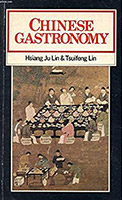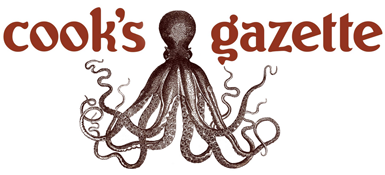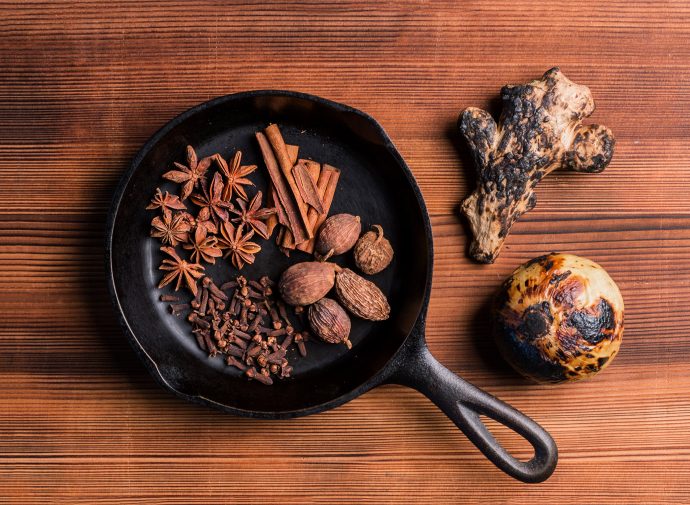 Chinese Gastronomy
Chinese Gastronomy
Hsiang Ju Lin and Tsuifeng Lin, Harcourt Brace Jovanovich, 1969
I always appreciate books that empower me, contributing to my independence in the kitchen. They give me the tools to work in different vernacular with a wide range of ingredients and without the need to resort to recipes.
Chinese Gastronomy is this kind of book. Rather than a compendium of recipes, it explores guiding principles. The structure of the book is built on how to manipulate and control flavor and texture. Recipes are used to illuminate culinary principles and goals, motives and methods. They are communicated to the cook through witty instructions, and present sound principles, no matter the cuisine.
Four criteria of culinary excellence are listed:
- Hsien: sweet natural flavor or umami
- Hsiang: fragrance, which gives pleasure by smell, as well as by taste
- Nung: rich, heady, concentrated flavor, created with meat essence and spice
- yu-er-pu-n: richness without an oily taste.
The authors are a mother and daughter from an illustrious Chinese family. Their philosophy is that one needs to learn how to eat before they can learn how to cook. The authors treat the art of eating and cooking as a single subject, each enriching the other. For their book, they draw on ancient manuscripts, personal recollections of traditional cooking methods, and their own extensive experience in the kitchen.
If something is not right, this is due to carelessness and it is the cook’s fault. If something is not good, say why, and when it is bad, pick out its faults. If one does not keep the cook in line, he becomes insolent. Before the food comes, send word down that the food tomorrow must be better.
– Yuan Mei, 18th century poet and gastronome
Recipe
Pho Bo: Vietnamese Beef Noodle Soup

